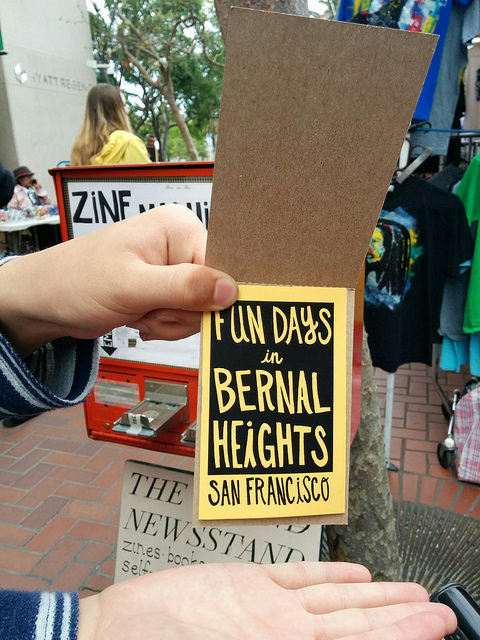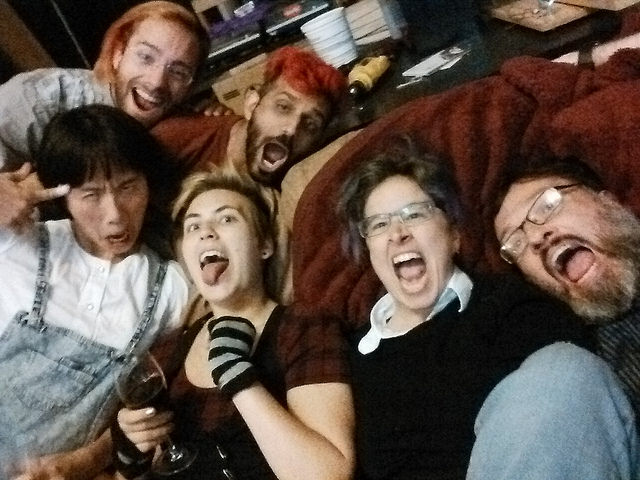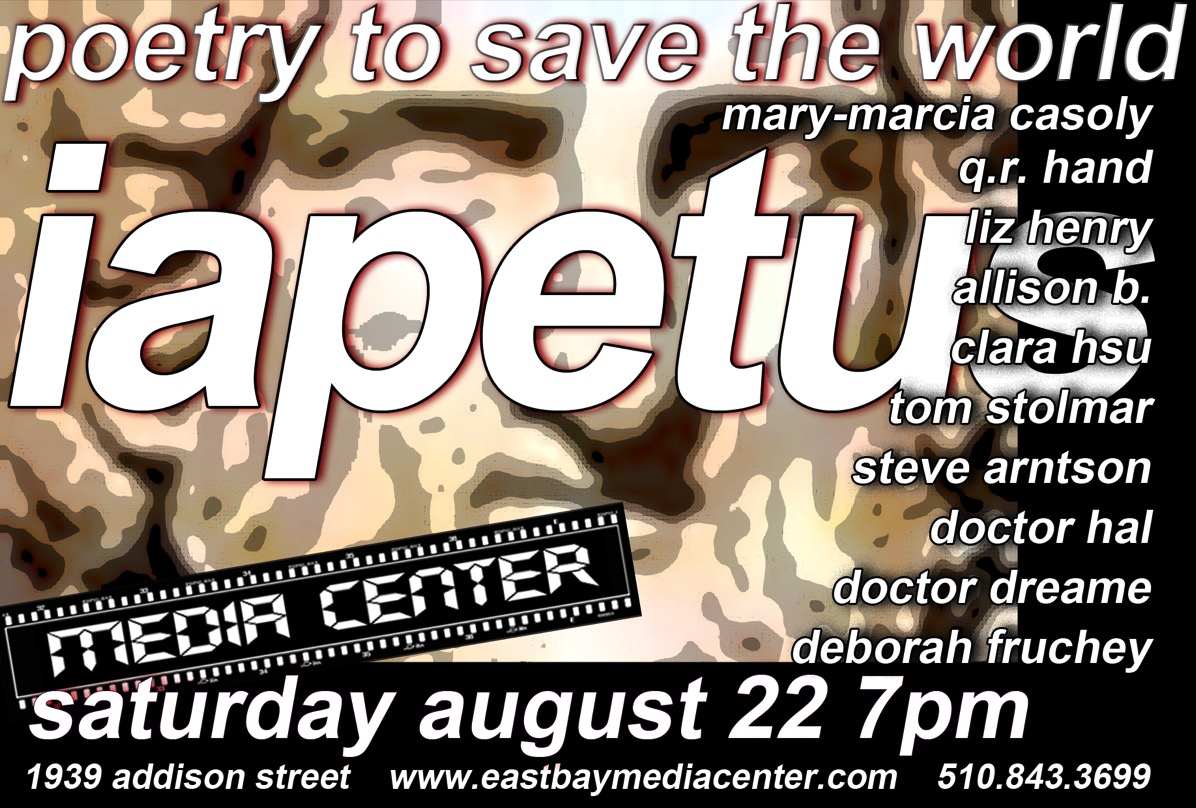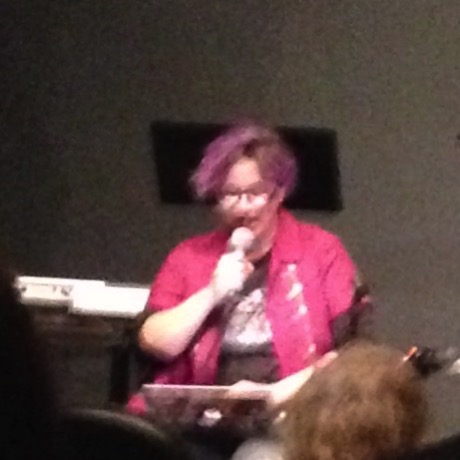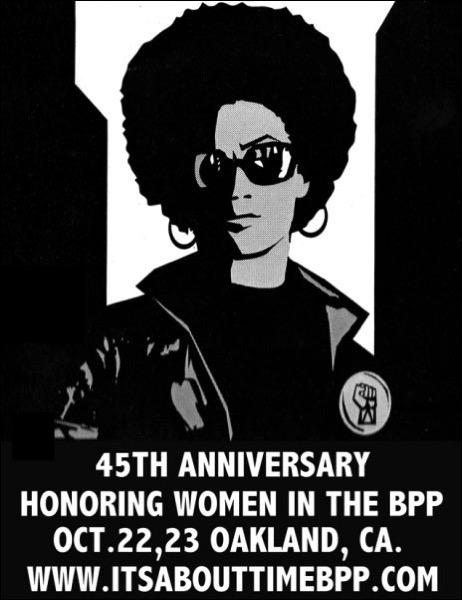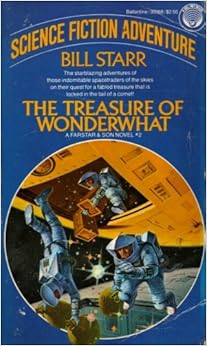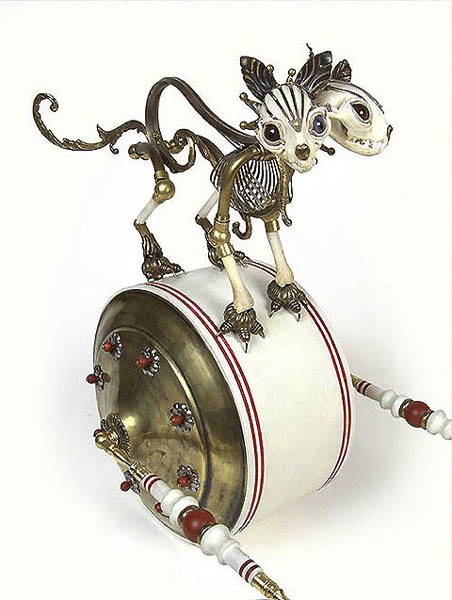A couple of years ago I wrote a little zine called Heterodoxy to Marie. Not even sure how I got onto the subject, but in looking up Marie Jenney Howe I got pissed off that she didn’t even rate a Wikipedia article but had a paragraph in her husband’s article. She was part of a group of radical women in New York City who called themselves Heterodoxy. I want to touch on that but in order to lead to the Alpha Suffrage Club in Chicago, and another group, the Delta Sigma Theta sorority from Howard, along with Ida B. Wells.
You can download Heterodoxy to Marie here, it’s a fairly small PDF. Print it double sided, & cut and fold, for a tiny 8 page book.
In one sprawling tentacle of my reading I ended up with descriptions of the 1913 Suffrage Parade (or Procession, or March) in Washington, D.C. with Inez Mulholland at the head on a white horse and hundreds of women marching behind in fancy sashes and amazing hats. There were contingents of representatives from many U.S. states. The atmosphere in DC at their near daily protests was brutal. People would crowd around and assault the picketers and marchers. My impression is that there was an attempt to create a spectacle of dignity and legitimacy in this march.
Anyway, part of the story of the march is that Ida B. Wells was there from Chicago, and was told not to march with the delegates from Illinois, but to go to the back of the march. Wells then sprung out from the crowd and joined the Illinois delegation anyway, flanked by two of her (white) comrades. This is the photo that shows up to illustrate the story, showing Wells with a starry sash, turban-like starry hat, and flag and one that says “Illinois” in front of a banner that reads Women’s Party, Cook County.
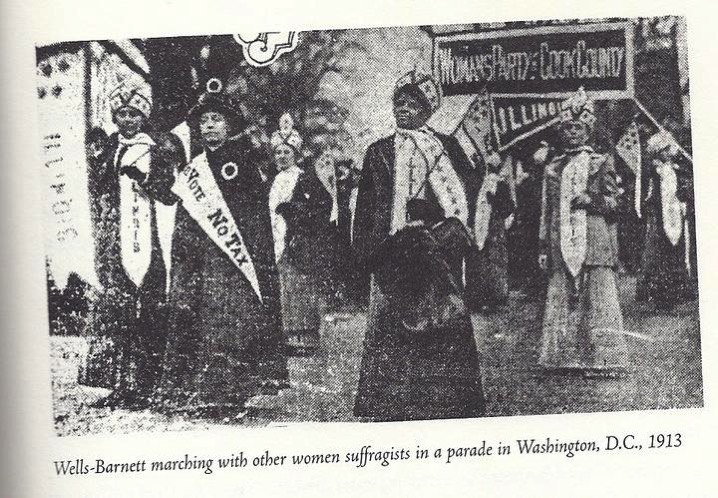
That story varies from source to source, and even varies when told by the same people at different times. I found it a worthy subject of investigation. One telling is that Alice Paul (or “her organization”) found out about Wells’ participation at the last minute, and that some of the southern state delegates objected, saying they’d pull out from the march if Wells was allowed to appear with the Illinois women. Other stories spin it differently, naming various other women in NAWSA who put the black women at the back of the march flanked by white Quaker men for their protection. There are a lot of small variants, and it would take serious work to straighten them out. That’s why I haven’t written about this yet: I was making a small zine about Wells to follow up on the one about Marie Jenney.
It is in some ways lovely to picture Wells bursting into the Illinois delegates and in other ways so perturbing. She would have had to struggle through an extremely hostile crowd just to get to the edge of the march. At least a hundred women were hospitalized after the DC march. How did she fight her way through that crowd? How would it feel, I have some inklings of how it would feel, to proudly march with her sash on, in her elegant hat, amidst the banners, knowing the extra armor you would have to wear inside your soul. She is a compelling hero.
I think of how bad ass Wells-Barnett was in general. If you have not read her 1895 book The Red Record: Tabulated Statistics and Alleged Causes of Lynching in the United States, you should really give it a try. It’s very grim and horrifying. She also tears into Frances Willard’s racist poisonous remarks on lynching and “dark-faced mobs”… So you can see right in Wells’ work that it’s not like feminist activists in Britain weren’t aware of what was up. You can be all like “oh they were just ‘of their time’…” since we know there were awesome anti racist activists among the super gross white supremacist feminist ones like Willard.
One had better die fighting against injustice than die like a dog or a rat in a trap.” — Ida B. Wells-Barnett
Another dimension to the miniscule zine on Jenney is that I read some of her propaganda, including a play called Telling the Truth at the White House (1917) in which two white suffragists go to jail and then to court. Their adventure with the law is framed by two drunk black women providing comic relief, and then having the vote consdescendingly explained to them. They are presented as incapable of understanding anything about suffrage movement, but agreeing that surely they would trust these nice white ladies to go ahead and vote. This little play is truly, truly vile. And it isn’t alone, if you poke around in the propaganda fiction, plays, and speeches of white suffragists there are many examples where white women point out, mock, and revile the ignorance of black men and women, as a deliberate counterpoint to white women being denied the vote. It was part of many white suffragists’ strategy to appeal to racism. This filled me with cold fury as I thought of the many African American women who were their contemporaries who were fighting for their rights. It is such a blatant disrepect, that they rhetorically make the black women and men disappear from the public debate except as unworthy of participating in political life. If you think to Frederick Douglass’s deep involvement and the entire abolition movement’s years of being intertwined with suffrage movement across the U.S. and England (look it up… I can’t write a dissertation here… ) it is such a cruel and repeated slap in the face by the white women, I can’t even. It’s not even just stupid and ignorant like those tshirts; it looks very deliberate. They are trading on the currency of white supremacy to scrabble for a scrap of power. Like I said, vile.
Have a look at the books “Treasonous Texts” and “On to Victory: Propaganda Plays of the Women Suffrage Movement” for some interesting food for thought.
Back to Wells and the 1913 March and the complicated story. Some stories say Wells fundraised with her black women’s club in Chicago, the Alpha Suffrage Club. Some say that 35 or so members of the Alpha Suffrage Club went to DC and marched. (But where? At the back?) I’ve seen descriptions that say Wells was the only black woman at the march, a lone hero bursting in…. Refusing to stay (or go at all) to the back of the march, supported and protected by white women friends from her home town. Then, I read that the National Association of Colored Women sent several delegations to the march, joining the Delta Sigma Theta sorority. I’ve also seen claims that the Delta Sigma Thetans were the only black women at the march, or that Wells was part of their sorority group. IN short, history is confusing, and people write terrible little summaries of “what happened”. Another tantalizing detail: the staging area for the black women was separate from the main march’s staging area. I can find no description of them marching or their position, and no photos.
If you think of demonstrations or marches you have been part of, try to imagine reconstructing how it was planned, what actually happened, and so on! Very difficult! A big event happens in many dimensions. Alice Paul didn’t “plan” the 1913 march, it was organized by
There is very good stuff in the book “African American Women in the Struggle for the Vote, 1850–1920”. You can get it used online very cheap.
Both the ASC and Delta Sigma Theta are said to be formed just before the march, in order to support sending its members as a group.
I feel sure that there is more info out there about the Alpha Suffrage Club and its members, and their participation in the 1913 march. The ASC held regular meetings in Bridewell Prison and I believe it included some white women, or at least had some local white suffrage activists as allies.
There is more readily available information on the sorority from Howard though. They formed in January 1913, with 22 founding members; going to the march together was their first public act. I enjoyed looking at the photos of the founders. Their names are listed here and there is an awesome photo of them at http://www.sopalmbeachdst.com/spbcac/national-history/

Here are their names: (First Row): Winona Cargile Alexander, Madree Penn White, Wertie Blackwell Weaver,
Vashti Turley Murphy, Ethel Cuff Black, Frederica Chase Dodd;
(Second Row): Osceola Macarthy Adams, Pauline Oberdorfer Minor, Edna Brown Coleman,
Edith Mott Young, Marguerite Young Alexander, Naomi Sewell Richardson, Eliza P. Shippen;
(Third Row): Zephyr Chisom Carter, Myra Davis Hemmings, Mamie Reddy Rose, Bertha Pitts Campbell,
Florence Letcher Toms, Olive Jones, Jessie McGuire Dent, Jimmie Bugg Middleton, Ethel Carr Watson.
Anyway, I have a point besides throwing a little perspective on some small specific ways the U.S. white women’s suffrage movement expressed white supremacy and racism. That point is that white women suffragists’ oppression by the police and state didn’t stop quite a few of them from being horrible racists. So let’s not forget that.
But my other point is that in the story telling and history making about Wells as hero we should not lose sight of the 22 young women from Howard who also marched, and Mary Church Terrell along with all the women from the National Association of Colored Women and their different delegations, who also marched.
People came from many countries to march in DC for women’s suffrage, and I don’t know the details there but it would be neat to find out more. I don’t like when a complicated story, even of one incident in one day a hundred years ago, is simplified beyond all possibility.
